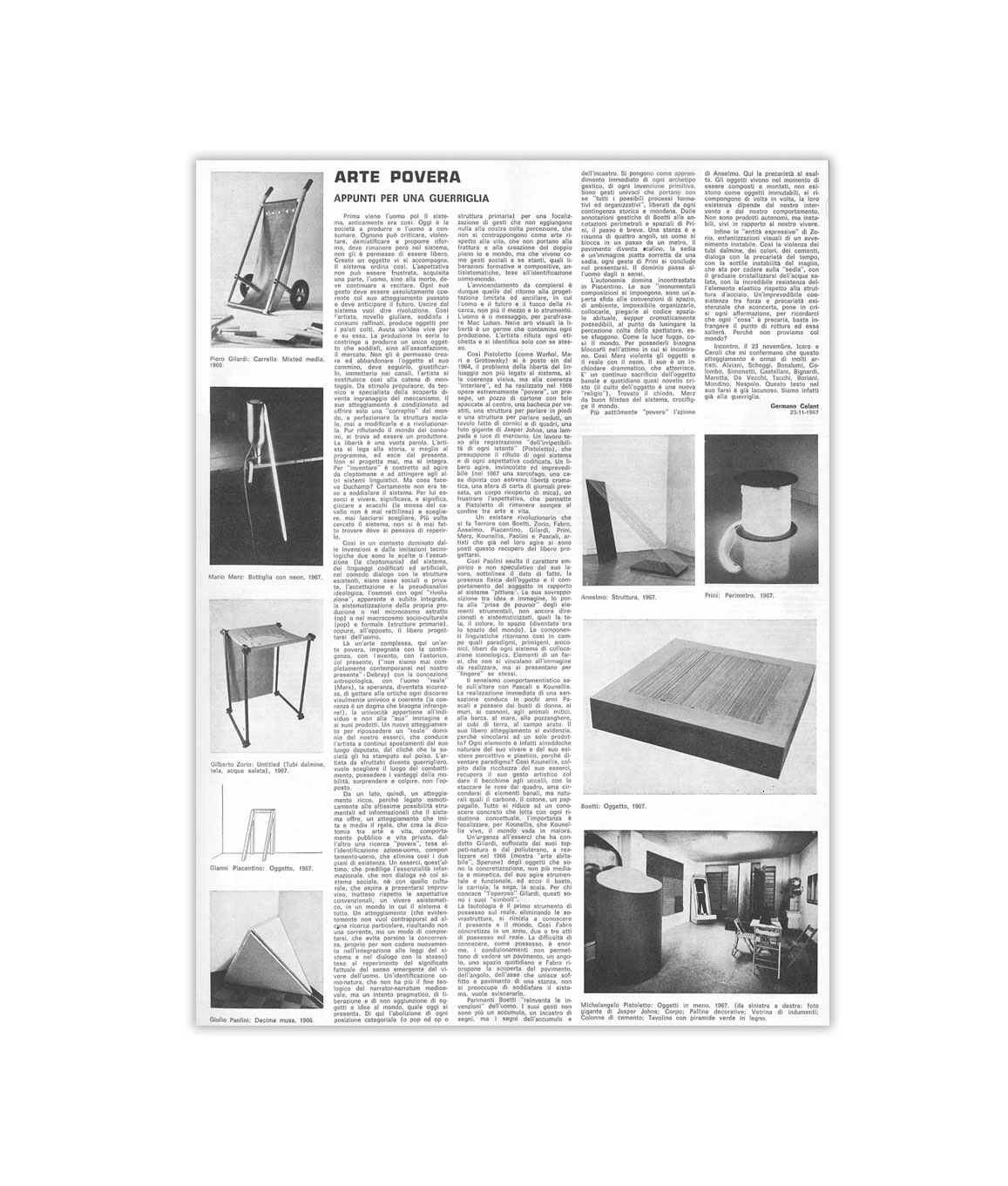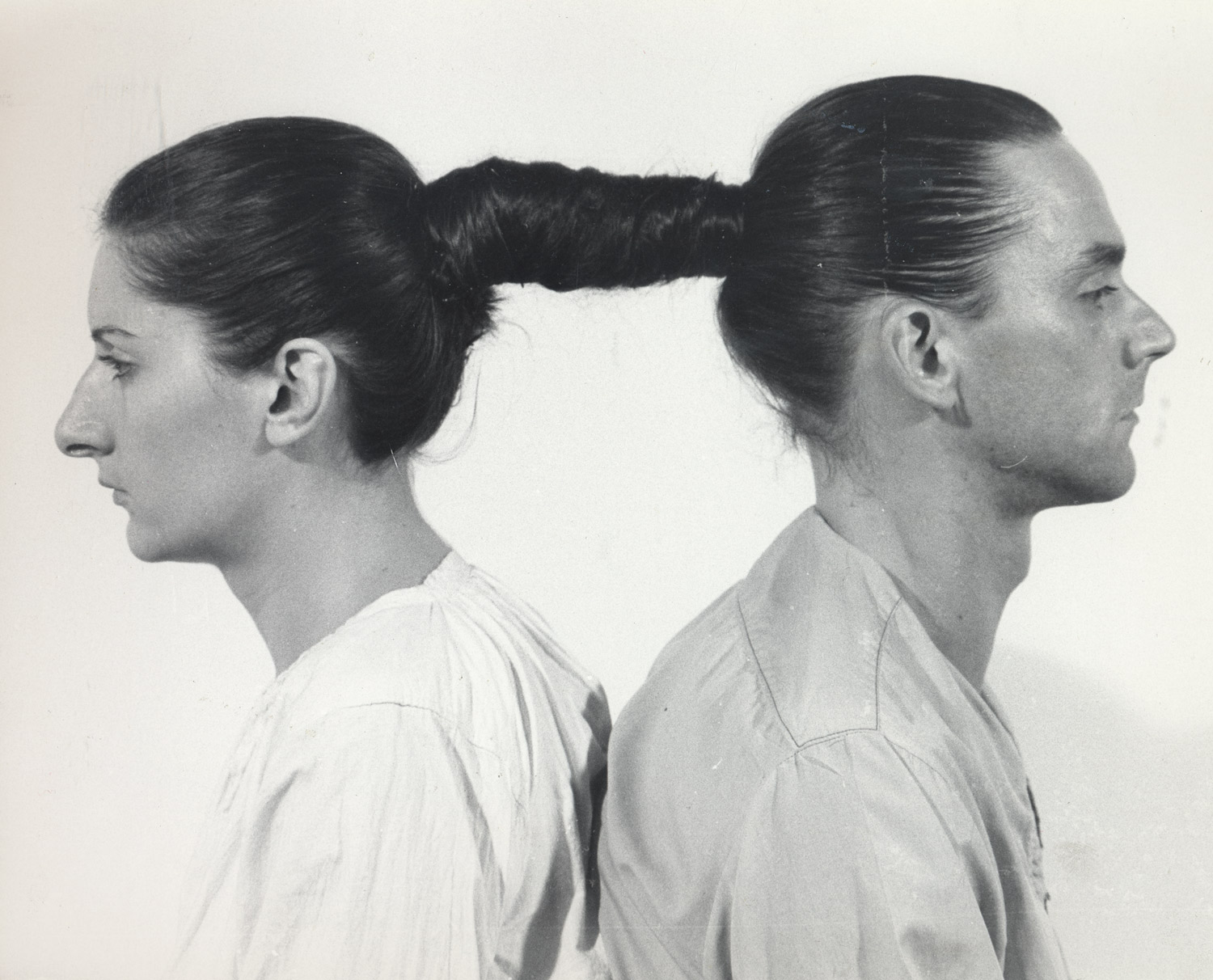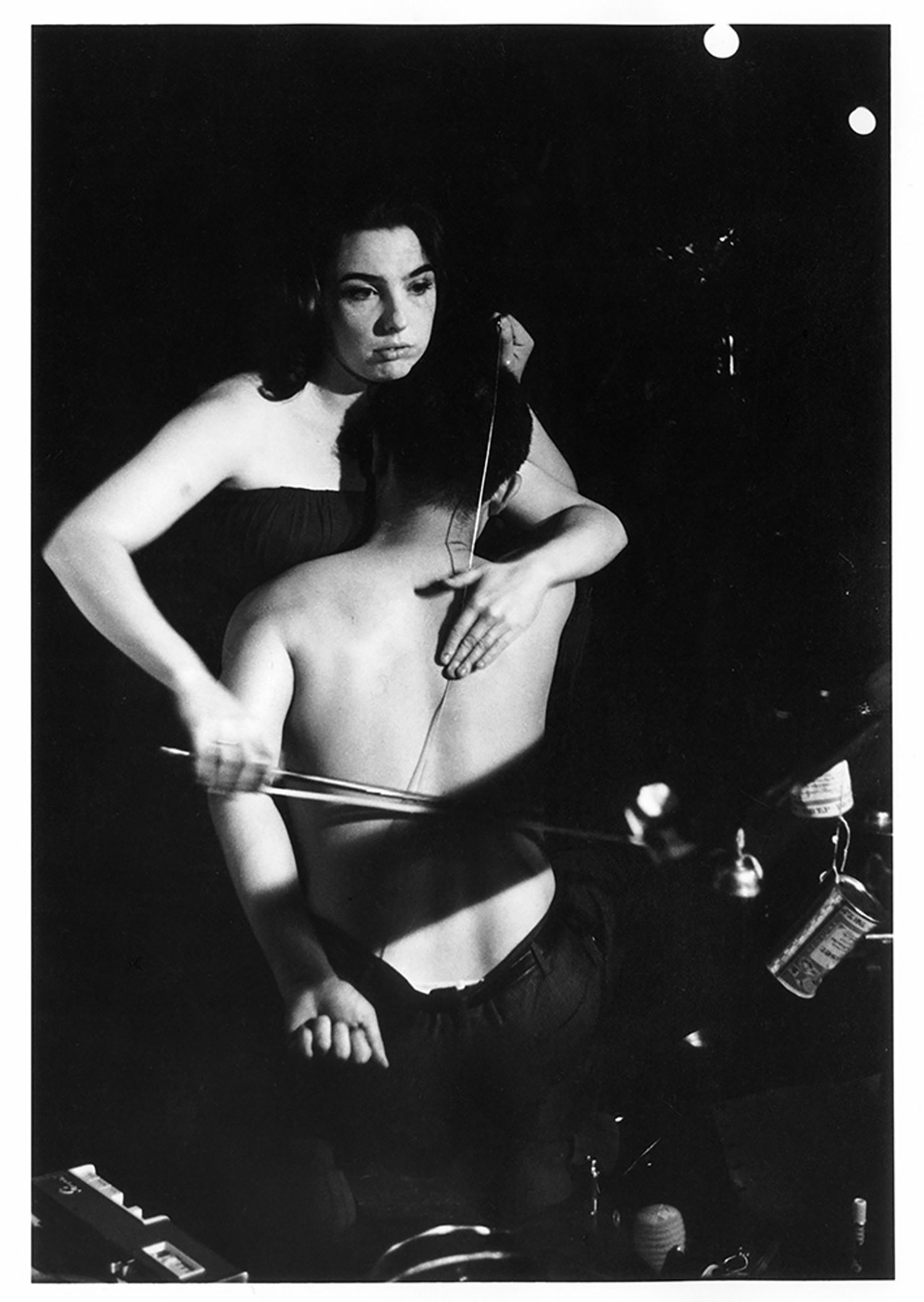
Maurizio cattelan: The first exhibition… you had it in Denmark, right? Not in Denmark… so where did you have it?
Piotr Uklanski: I don’t know what you are talking about.
MC: Well, I’m talking about The Full Burn. I saw the performance in 1998 at the Manifesta 2 exhibition of ‘European’ artists. And then only three years later you were in “The Americans. New Art” at the Barbican Gallery in London. Are you an ‘Old European’ or a ‘New American’?
PU: How about a ‘New European’? Aren’t there Polish — and Italian, by the way — troops stuck in Iraq?
MC: Do you identify yourself as a Polish artist then?
PU: I do. I don’t think there’s a way around it. The place of your origin always stays in you, no matter how you wish to deal with it. At the same time, I find discussing the issues of national identity less and less interesting. It seems that now it has become solely a public relations term. You know, national pavilions, international quotas at biennials, etc. If you master the right nationality, it might prove very beneficial.
MC: So do you think being Polish has helped your work? I mean, has it been good publicity?
PU: Well, I was thinking that if I don’t get more shows soon, I might have to become American.
MC: Is The Nazis (1998) a work about Europe or about Hollywood? Or does it even matter?
PU: …
MC: Do you like controversy?
PU: …
MC: When you showed The Nazis in London, The Jewish Press and the Evening Standard protested against the show. In Warsaw, I think one of the Polish actors came to your show and slashed his photograph with a sword as a publicity stunt against you.
PU: Yes, it was a deeply traumatic experience for me, especially since I didn’t think of staging such an act before he actually brandished his sword.
MC: Do you think these kinds of attacks are a form of art criticism?
PU: It’s so hard to decipher the difference between ‘criticism’ and marketing these days.
MC: Speaking of which: for the 2003 Venice Biennale you shot a portrait of the curators [Untitled, 2003]. Was it marketing or criticism? Were any of the curators suspicious about the portraits?
PU: As with the portraits I am commissioned to do, I think that most of the time the sitters know exactly what they are getting. And this is the very reason why they decide to have a portrait taken. It is safe: a portrait where you can hardly recognize the subject. It does not question their own image of themselves.
MC: You made also some self-portraits like Untitled (Tiger, Bursting) or Untitled (Self-portrait with a Mohawk). Are they related to the other portraits or to The Nazis? In a way it is again about constructing identities. Like in that skull picture [Untitled (Skull), 2000], that sort of Playboy meets Dalí photo.
PU: [Laughing] Yes, Hugh Hefner and Dalí, sometimes it is hard to differentiate them. Anyway, I find exploitation, ‘self-ploitation,’ typecasting, or overexposure very potent formats.
MC: So were you also exploiting that French curator on the pages of Artforum in September 2003?
PU: I was doing my best.
MC: Was it also about vanity or about money and compromises? Or just about sex?
PU: It was about the curator’s ass [Untitled (GingerAss), 2003].
MC: Tell me something about sincerity and your work.
PU: I remember a comment about my Wet Floor piece in a review, and the author was rhetorically asking what features distinguish Piotr Uklanski’s jokes from those of Maurizio Cattelan. I am sure it was a compliment.
MC: No, it wasn’t.
PU: Yes, it was.
MC: Let’s talk about images. Your photographs of sunsets, flowers, mountains, city lights, or even the collages of lightning bolts and eclipses: they all look like stock photography. Wouldn’t it be easier to just use existing images?
PU: I am a workaholic. I need labor intensive assignments to pass the time.
MC: That sounds like something Alighiero e Boetti would say. Do you like Boetti? Your collages make me think of Boetti for some reason.
PU: Yeah. My crayon shaving pieces make me think of early Arman, Wet Floor of Lynda Benglis, the Cross-Eye panels of Michael Snow, and the Dancefloor of Carl Andre.
MC: Right. Do you get inspired by other artists’ work? Do you steal from other artists? The skull was after Dalí, right?
PU: If an idea is stolen it does not make the art work automatically bad. It often makes it better. You should know.

MC: No bad conscience?
PU: Always.
MC: Speaking of spending time, all of your works are handcrafted, very finished. And then somehow the image you get to is banal — but banal in a good way, I mean.
PU: It comes out of my insecurity. The craft becomes compensation for the consumer having to put up with the banality of the content.
MC: Interesting. That’s nice of you. What else?
PU: … [Coughs]
MC: What’s your work about? Once you said it’s all just about earth, wind and fire. That’s a bit new age, no?
PU: Catholic, actually.
MC: Good. What about the meaning of the work then? Do you care about it? I mean, there is the Dance Floor, which people say is a social sculpture, and then The Nazis, which is about violence, and the collages about banal beauty maybe.
PU: The Nazis about violence?
You know, I don’t invest meanings into the work — that’s the viewer’s job. When you are a kid growing up, you want to be a fireman, doctor, policeman, and a football player — all in the same lifetime. To answer your question, I want to be all of the following: a modernist, a post-minimalist, a pop-conceptualist, a photographer, a dilettante, a painter’s muse, a political artist like Boltanski, and a filmmaker like Roman Polanski.
MC: Speaking of Polanski, there isn’t much sex in your work. I noticed that not many Europeans use sex. We seem to like death more. What do you think?
PU: I don’t think that the sex/death thing is so much about European versus American.
I think it is more about people’s age — confronting midlife crises, etc.
MC: Why did you ask Polanski to write a text on your work? Is he a good writer?
PU: It is not about his writing. It is more about the certain position he represents.
MC: What position, of being a Polish immigrant?
PU: Wait to read the text.
MC: Was the show at Kunsthalle Basel [2004] a retrospective?
PU: No. The show’s structure is color coded in red, blue, yellow, and black and white.
MC: Sounds a bit like the Dance Floor.
PU: Exactly.
MC: Are the Dance Floor or The Nazis in the show?
PU: No, of the ‘older’ work only some photographs have been included.
MC: So you made new works for the show?
PU: Yes.
MC: Any sculptures? It’s strange you haven’t made more sculptures. I guess works like Cross-Eye, Wet Floor, or Dancefloor count as sculptures, but they are all pretty ‘flat.’
PU: I’m quite a two-dimensional artist. [Slams the phone down]
from Flash Art International, n. 236, 2004





